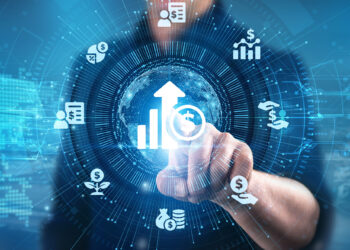Superannuation funds should reign in their exuberance around initial public offerings (IPOs), with the value-add Australian equity managers claim to offer by leveraging relationships with lead IPO brokers adding less to super fund portfolios than anecdotal evidence may suggest.
While some “exceptional [equity] managers” should be able to prove the value of their IPO participation, whether through superior selection or allocation, many managers wouldn’t be able to once all costs were factored in, new research from Parametric found.
The research measured the closing price on the first listing day of all IPOs listened on the Australian Securities Exchange (ASX) from 2011 – 2018, finding an average return on day one of just 5.1 per cent.
“Even before considering costs, this headline performance is only a small fraction of the aggregate Australian equity market by capitalisation, muting the performance impact of IPO participation,” the researchers, Raewyn Williams and Mahesh Pritamani, wrote.
“What must be remembered is that IPO allocation represents, on average, only 0.49 per cent of our hypothetical portfolio over the analysis period,” they added, saying that this “muted effect” meant that portfolios holding a fair allocation of all IPO listing on day one actually only got an average of 3.5 bases points each year from IPO participation.
Countering arguments that institutional IPO participation allows better stock selection and allocation, Parametric also found that to even get that annual basis point performance into the double digits, managers’ selection skills or allocation outcomes would need to be four times better than the typical manager.
Further, Parametric found that institutional managers were being hit by hidden costs in IPO brokerage. It said that brokerage costs in the Australian equity market averaged 10 – 20 basis points from 2011 – 2018, compared to just five for execution-only brokerages.
“For a superannuation fund client with a $2 billion alpha-seeking Australian equity portfolio and modest 50% one-way turnover each year (100% two-way), this alpha-chasing ‘round trip’ is the difference between paying $2-4 million a year in brokerage and $1 million,” the report said.




